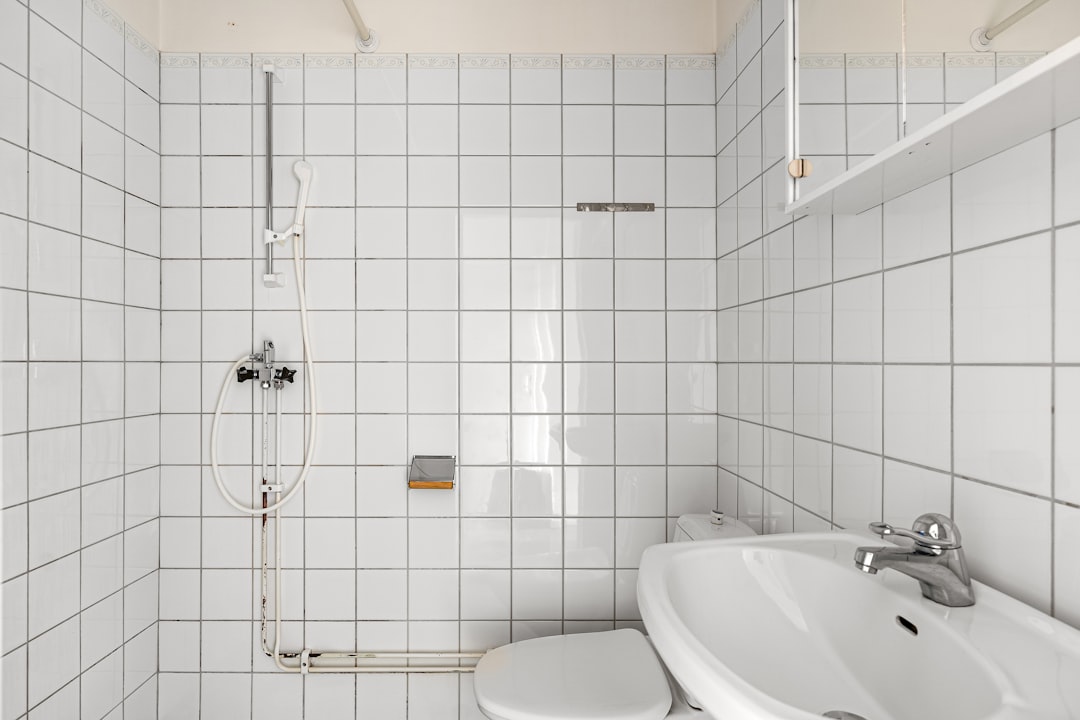
Homeowners in search of cleaner, greener bathroom solutions are increasingly asking builders about bidet toilets. Yet many contractors struggle to pin down an accurate bidet toilet installation cost because fixture styles, rough-in conditions, and finish expectations vary widely. CountBricks simplifies that challenge with real-time voice-driven estimating, AI blueprint takeoffs, and live material pricing updates. This article breaks down every cost factor you need to consider and shows how CountBricks keeps your bids razor-sharp and profitable.
1. Fixture Price
Bidet toilets range from entry-level attachments to fully integrated smart units with warm water, air dry, and self-cleaning bowls. CountBricks’ materials database pulls current SKU pricing from major suppliers, so you can compare:
• Manual bidet seats: economy options start around $120
• Electric seats with heaters and dryers: $350–$900
• Integrated smart bidet toilets: $1,800–$6,000+
2. Plumbing Labor
Labor swings the bidet toilet installation cost dramatically. Installing a seat on an existing toilet may take one hour, while running a new 120 V circuit and hot-water line for a smart unit could take a full day. CountBricks voice workflows let you log scope in real time so labor hours adjust automatically.
3. Electrical Upgrades
Most premium bidet models require a dedicated GFCI outlet within three feet of the bowl. If service panels are maxed out, an electrician may have to upgrade the subpanel. CountBricks flags panel capacity during blueprint analysis, helping you price:
• New 20 A circuit with GFCI outlet: $250–$450
• Subpanel upgrade: $800–$1,600
4. Finish Work & Permits
Tiling, drywall patching, and repainting quickly add hidden dollars. Some municipalities classify integrated bidet toilets as “plumbing fixture replacement” requiring permits. CountBricks’ local code library auto-prompts for fees, typical inspection times, and average tradesperson rates.
Based on thousands of CountBricks residential projects, here are the current benchmarks:
• Seat-only retrofit: $275–$650 (fixture + install)
• Electric seat with outlet install: $650–$1,250
• Integrated smart bidet toilet, no rough-in changes: $2,300–$3,800
• Integrated smart bidet toilet with new supply, drain, and electrical: $3,800–$6,500+
Traditional spreadsheets miss variables like unexpected subfloor damage or long material lead times. CountBricks eradicates guesswork.
1. Walk the site. 2. Speak notes—“replace 3/8 in. stop valve,” “tile patch 4 sq. ft.” 3. CountBricks populates labor and material assemblies instantly.
Our neural engine reads PDFs or photos, detects fixture symbols, and measures pipe runs. Contractors receive quantity reports in seconds rather than hours.
• Live supplier feeds refresh every 15 minutes
• Regional multipliers adjust for local market fluctuations
• One-click alternates let you swap fixtures and compare margins
• Offer tiered good-better-best options to meet different budgets
• Pre-order specialty wax rings and angle stops to avoid delays
• Use a test outlet to verify amperage before committing to a smart unit
• Photograph existing shut-offs; CountBricks image-to-text notes create punch lists automatically
• Schedule electrical and plumbing inspections on the same day to shrink timeline
A recent CountBricks client upgraded two baths in a 1970s ranch. Blueprint takeoffs revealed galvanized supply lines undersized for a smart bidet’s flow requirements. By flagging that early, CountBricks added $1,200 in repipe labor to the initial bid—protecting the contractor’s margin and avoiding an awkward change order. The finished project landed within 1.8 % of the original estimate and earned a five-star homeowner review showcased at CountBricks.com/portfolio.
Does a bidet toilet installation always need a permit?
Not always. Swapping a seat often falls below the permit threshold, but integrated units that modify drainage, venting, or electrical usually trigger inspections. CountBricks.com/services lists permit triggers by ZIP code.
Can I reuse the existing wax ring?
Reusing wax risks leaks. CountBricks estimates automatically include a new reinforced ring plus closet bolts.
What if the homeowner supplies the fixture?
CountBricks lets you toggle “owner-furnished” so material markup zeros out while labor remains. The software still alerts you to compatibility issues.
If you’re ready to offer transparent bidet toilet installation cost proposals that win work and protect profits, explore CountBricks.com/consultation. Our team will tailor the platform to your crew size, trade mix, and region so you can bid faster and build better.

Labor often makes up 40 %–60 % of total bidet toilet installation cost. CountBricks slashes unproductive labor through real-time collaboration.
• The scheduler auto-orders tasks—demo, rough plumbing, electrical, finish—minimizing crew downtime
• Push notifications remind teams to upload progress photos, keeping documentation airtight
1. Field tech spots damaged flange
2. Speaks “replace flange” into the CountBricks mobile app
3. The system calculates material, adds labor hours, and dispatches an approval request to the homeowner within minutes
CountBricks compares your historical time sheets to regional averages. If rough plumbing for smart bidets regularly exceeds benchmarks, the dashboard highlights it so you can retrain staff or adjust pricing before margins erode.
A Los Angeles contractor retrofitted four luxury lofts with integrated bidet toilets while tenants remained in place. By leveraging CountBricks task sequencing, they reduced average unit downtime from eight hours to five, saving 12 total labor hours and $960. The precise cost tracking helped the contractor secure a follow-up contract for a 20-unit complex, all documented on CountBricks.com/portfolio.
Whether you’re a solo plumber or a multi-crew remodeler, labor visibility is the linchpin to controlling bidet toilet installation cost. CountBricks delivers that visibility—live, mobile, and backed by AI—so you can promise firm timelines and deliver on them every time.